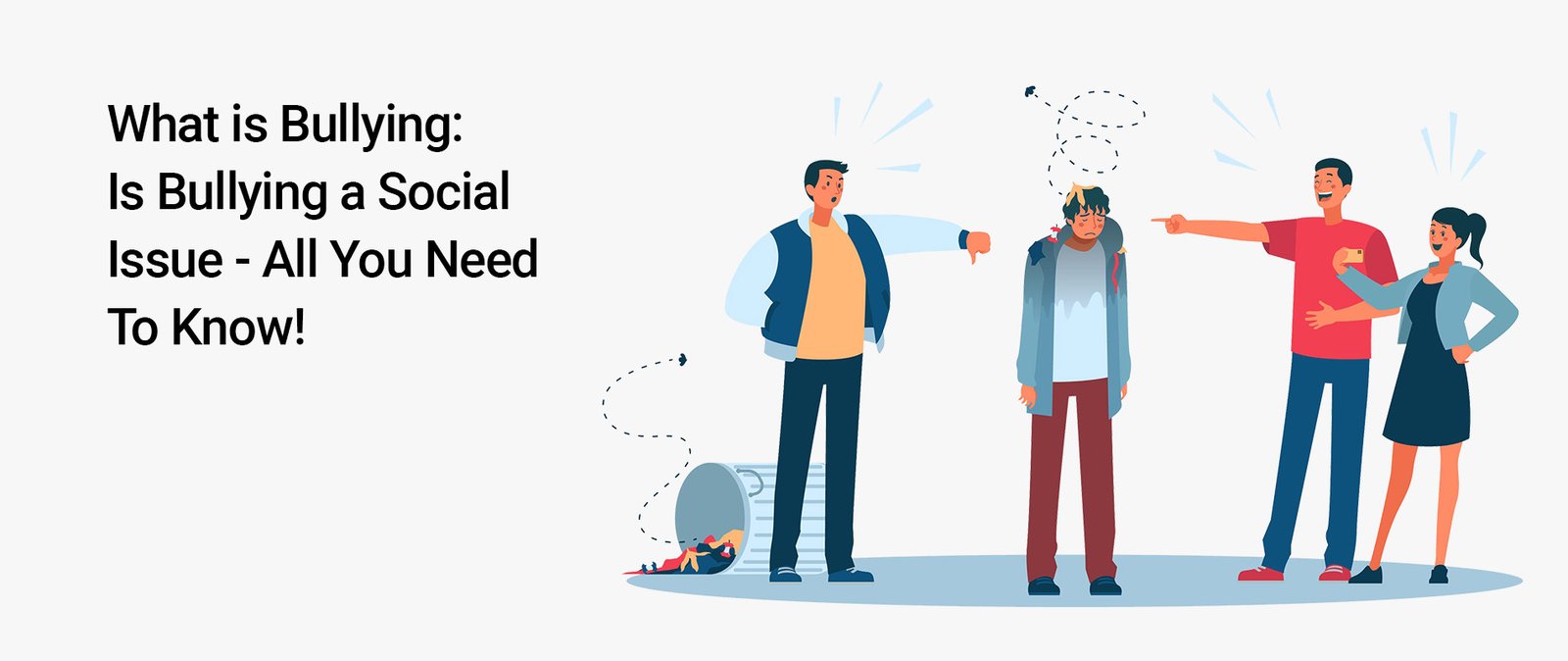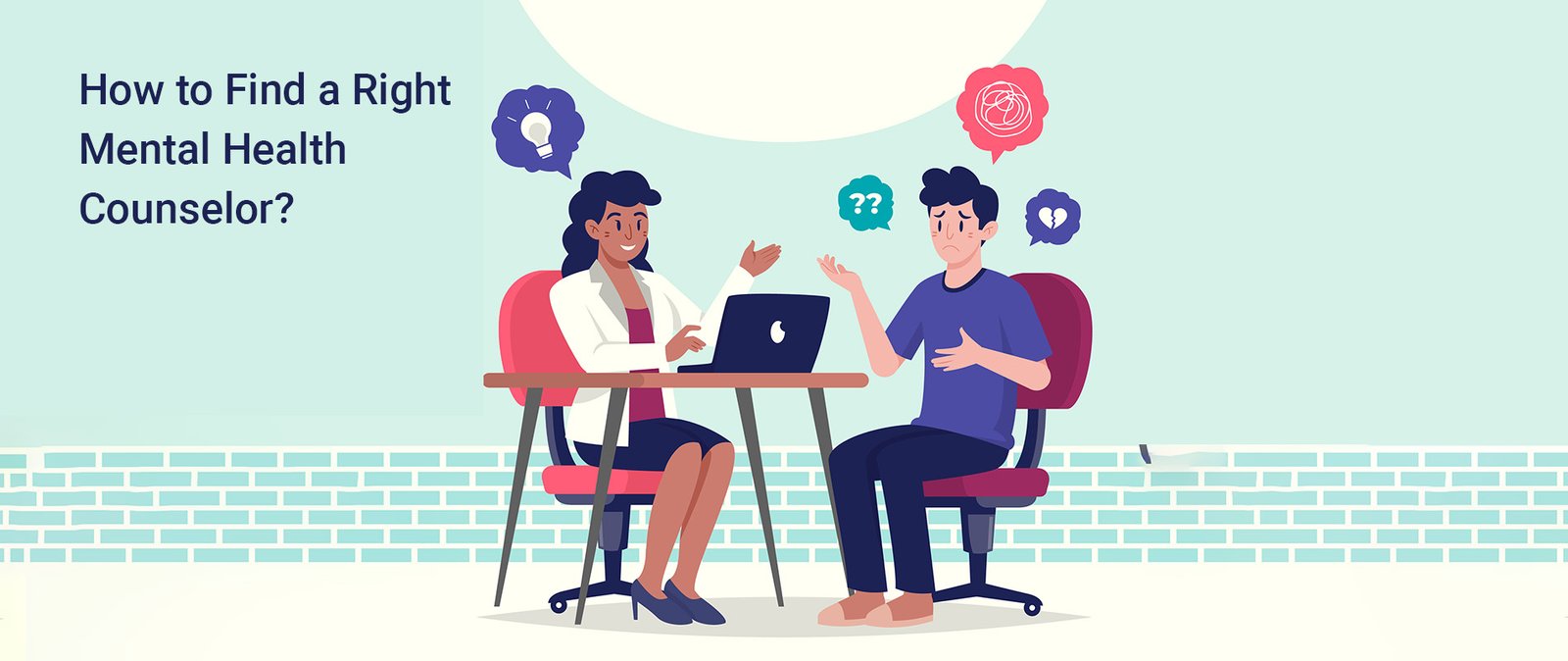Table of Contents
Is Bullying a Social Issue?
Bullying is no longer subjected to being just a school issue, but it is more than that. Bullying is something that happens in school, colleges, universities and workplaces. Children and adolescents are the ones who are impacted the most because of this.
Most of the studies propose that bullying is an issue of social injustice wherein the perpetrator show their dominance over the ones who are perceived to be weak by the perpetrator. Bullying is a classic example of oppression that exists in today’s society.
What is bullying?
Bullying is an aggressive, teasing, hurtful, condescending and unwanted behaviour towards the victims. It is a way of showing dominance over the victim(s). It can be a product of learned behaviour, attention seeking, personal solid background and sense of power.
There are so many cases we hear from children about one of the popular kids in the school hitting someone, or a kid eating other children’s tiffin forcefully, someone making a studious kid do their homework by blackmailing him or her. All these are examples of bullying and it can get extremely harmful if not looked in properly by the authorities and parents when it involves children and adolescents.
Different Types of Bullying
Bullying takes place to intimidate someone. Pushing and shoving are not just the types of bullying that take place in the 21st century. Due to its varied types, it may not be easy for a third person to identify bullying but knowing about the types of bullying and its effect on the victim might be helpful.
Here are different types of bullying:
1. Verbal bullying:
‘Are you this dumb to not understand such a simple thing?’
‘What a moron!’
‘You better stay in your limits, bitch!’
From children to adults, name calling is not new to any age group. Ironically, it isn’t considered serious enough to put a full stop to it.
Verbal bullying is usage of language as a weapon to pick on people, inflict painful statements, make someone feel shameful by directing words, verbally, towards them.
Most of the verbal bullying may take place privately in schools or colleges and hence they might go unnoticed by the teachers, professors and other staff. Verbal bullying can be considered to be very non-harming and victim might be asked to just ‘ignore it’, but that only makes it worse.
Few examples of verbal bullying are:
- Unnecessary criticism.
- Teasing in offensive ways.
- Threatening.
- Swearing.
- Humiliating another person with words.
- Mocking and insulting.
2. Social bullying:
Social bullying is carried out to tarnish a person’s social reputation, their image in the society and their social relationships. Tweens are the ones who might fall prey to this kind of bullying. 7-12 years of age is when we start forming social relationships. This is the age when we know how we are related to the family, friends, peer and outside world. If someone is bullied at such age, then their idea of social relationships can alter to great extent.
Social bullying can be carried out in following ways:
- Excluding someone deliberately from the group.
- Ignoring someone repeatedly.
- Gossiping about someone.
- Spreading rumours.
- Making a person feel foolish.
- Embarrassing the victim in public.
- Rolling eye or giving condescending looks.
- Making someone feel that they don’t belong to the group.
3. Physical bullying:
Physical bullying is the most heard form of bullying. This is when physical power is used to exert one’s dominance over another. Physical bullying is easy to recognize as marks of the fights can be seen on victim’s body.
Physical bullying can take place in following ways-
- Kicking.
- Shoving.
- Slapping.
- Punching.
- Hitting.
- Hair pulling.
- Tripping.
- Slamming.
What Is Cyberbullying?
Cyber bullying is a form of bullying wherein the offender uses digital devices and services to bully someone. In today’s day it is quite easy to make fake profiles on social media to circulate private, intimate or even false information about anyone. Not just that, but one can bully the other by circulating their negative, shameful, embarrassing, false, harmful information in the form of texts, SMS, images etc.
The common platforms where cyber bullying can take place are Social Media platforms like Instagram, Facebook, WhatsApp group messages, Snapchat etc; Online forums and chat groups, emails and in gaming communities.
The Effects of Bullying
The psychologist Erik Erickson, in his theory of social development has given 8 stages in which a person’s personality develops. In his theory, he mentions that in the 5th stage, that is between the ages 12 and 18, a person develops of sense of self and if a teenager faces crisis in this stage, then he may suffer from identity confusion. If bullying takes place during these developing years, then one may face identity crisis for the rest of his life.
Along with this, bullying can affect the victim in various ways. Some of the effects of bullying are-
- Increased loneliness.
- High chances of suffering from depression.
- Self-isolation.
- Low self-esteem.
- Decreased sense of worth.
- Fearfulness.
- Increased rate of suicide attempts and suicide.
Who Is Involved?
Bullying involves people who have different roles which are- initiators, targets and bystanders.
Initiators are the ones who bully others. This is done by them to show aggression and dominance over others and sometimes to gain respect. Bullying can be rewarding to the initiators as they might feel victorious after bullying the target and hence, they might continue this behaviour again and again.
Targets are the ones who get bullied. They are considered to be weak by the initiators.
Bystanders are the ones who witness bullying take place. They can help the one who is getting bullied by interfering directing, complaining to the authorities or they can turn a blind eye towards the bullying or do nothing and laugh at the targets who are being bullied.
Where And When Does Bullying Take Place?
Bullying often takes place, majority of the times, in schools and colleges. It takes place at the places in schools and colleges which are less visited by the authorities such as playgrounds, canteens, in the classroom between 2 lectures etc.
Bullying can start from early grades and can take place till the end of adolescence or even after that age group.
Who is At risk?
Bullying can happen to anyone. It can mostly take place against the members of the LGBTQ+ group if there is a hatred for the community. The kids who might not be considered “cool” or who are considered “nerds” could be more prone to bullying in schools and colleges.
Moreover, if a student from a rural background is accepted at an urban university, then he/she could also be at risk of getting bullied. It could depend on various factors when the question ‘who is at greater risk for bullying?’ comes up.
With technologies and social media platforms, bullying has increased in today’s world but standing against it should be everybody’s motto.
“Blowing someone else’s candles doesn’t make yours shine any brighter.” Refrain from bullying, because nobody deserves that treatment.
If you are someone who has been a victim of bullying and want to seek help for the same then you can book a one-on-one appointment with our counsellors here: https://www.supportoursafety.com/therapy/









